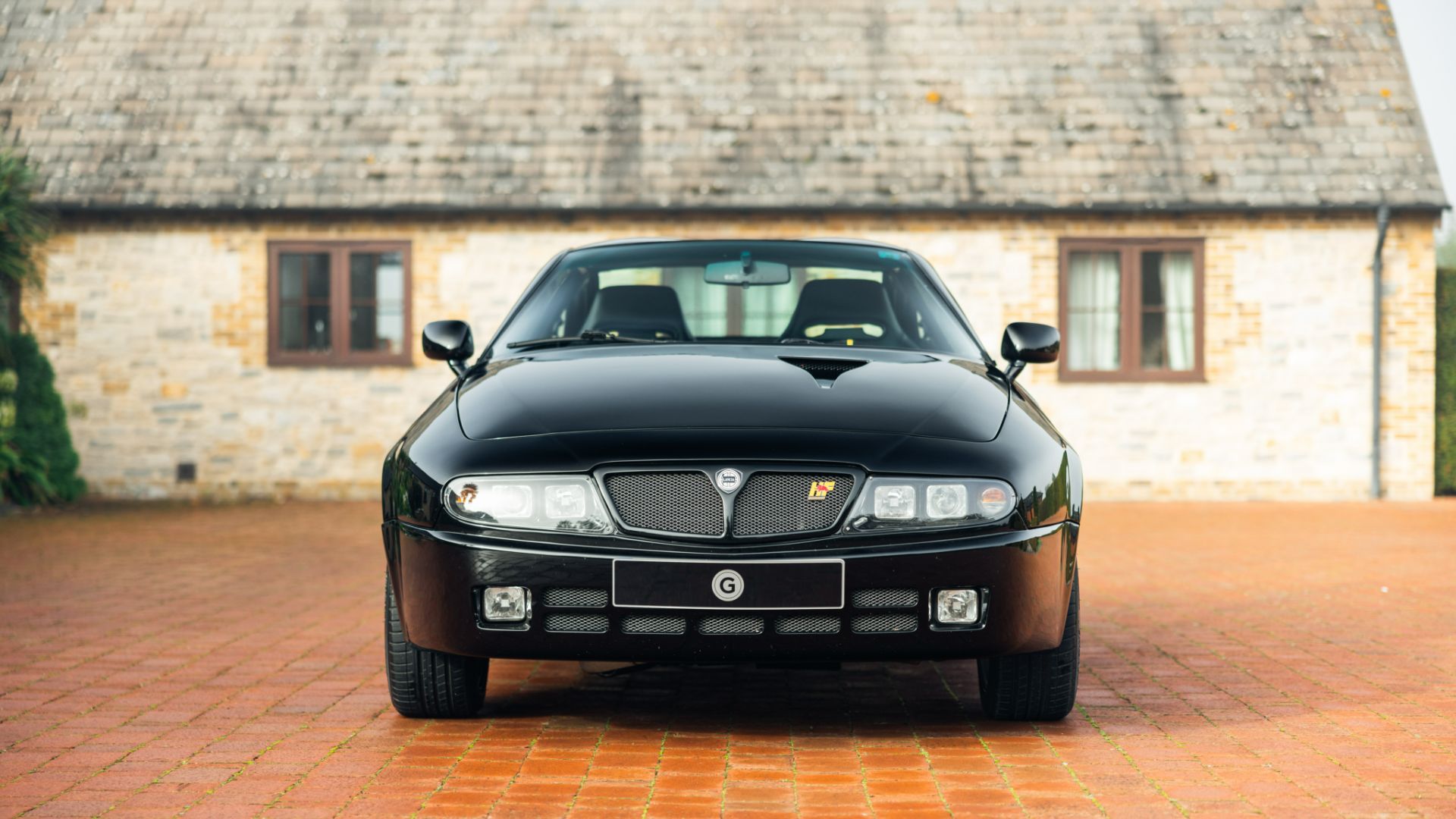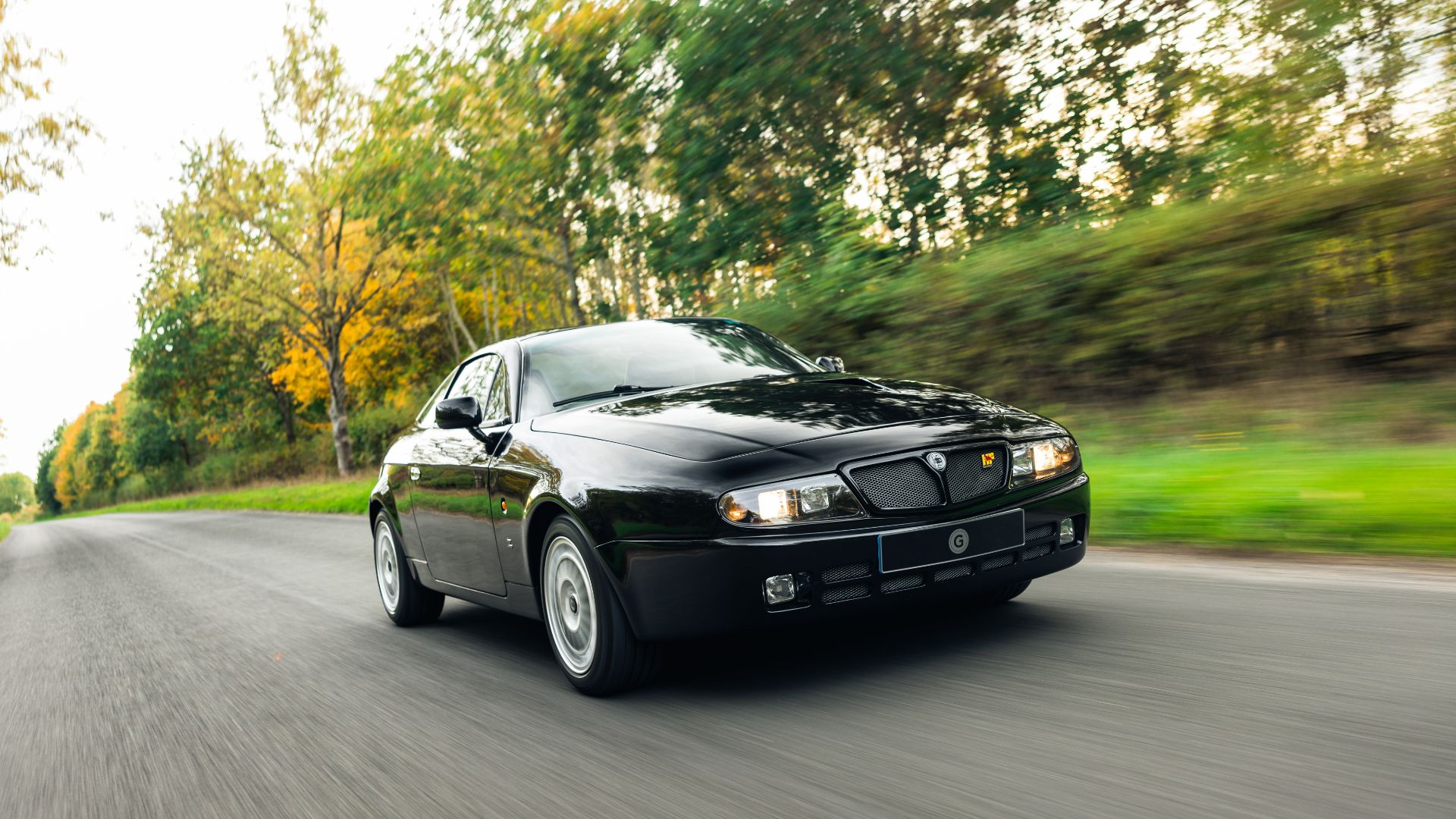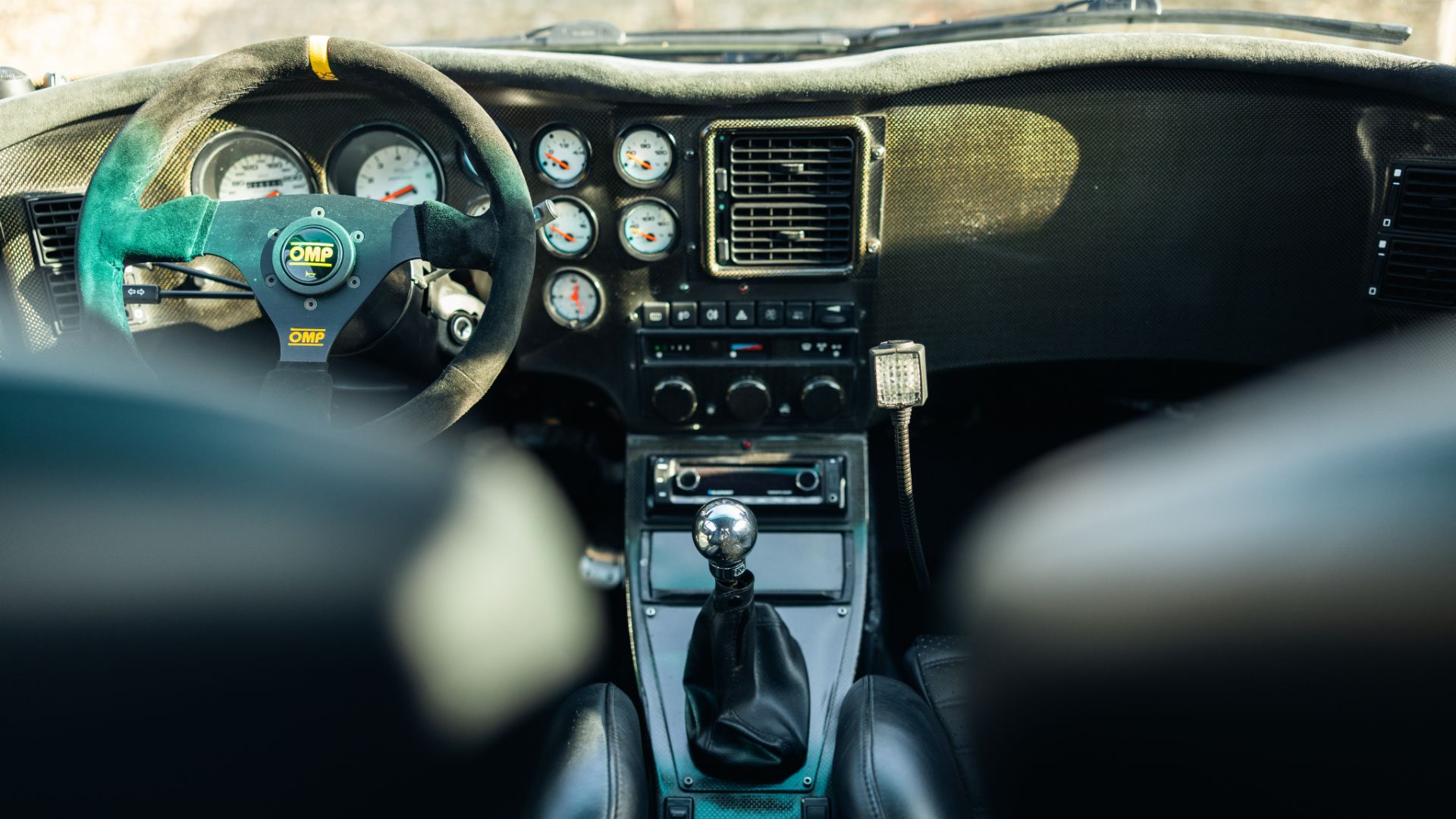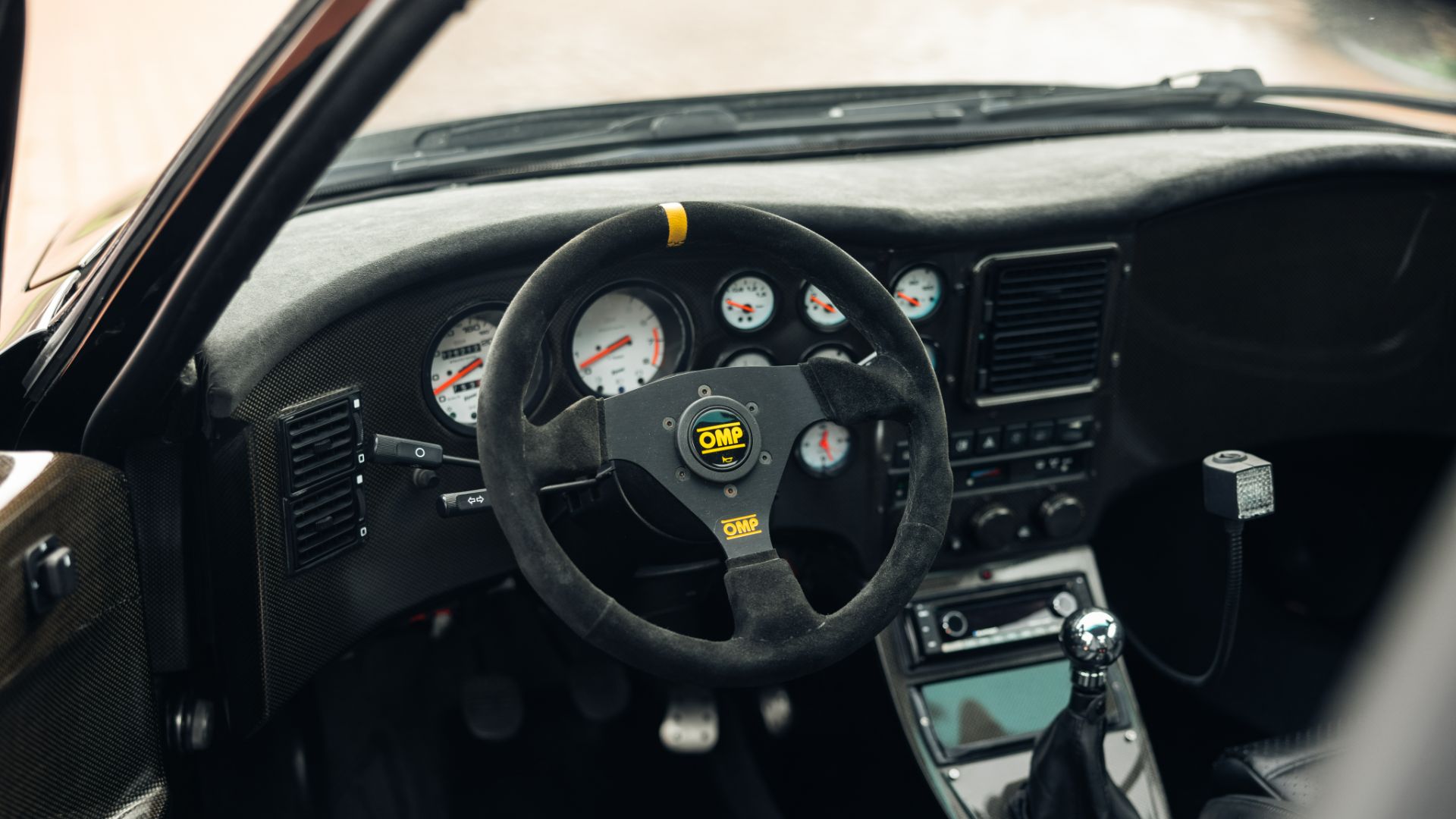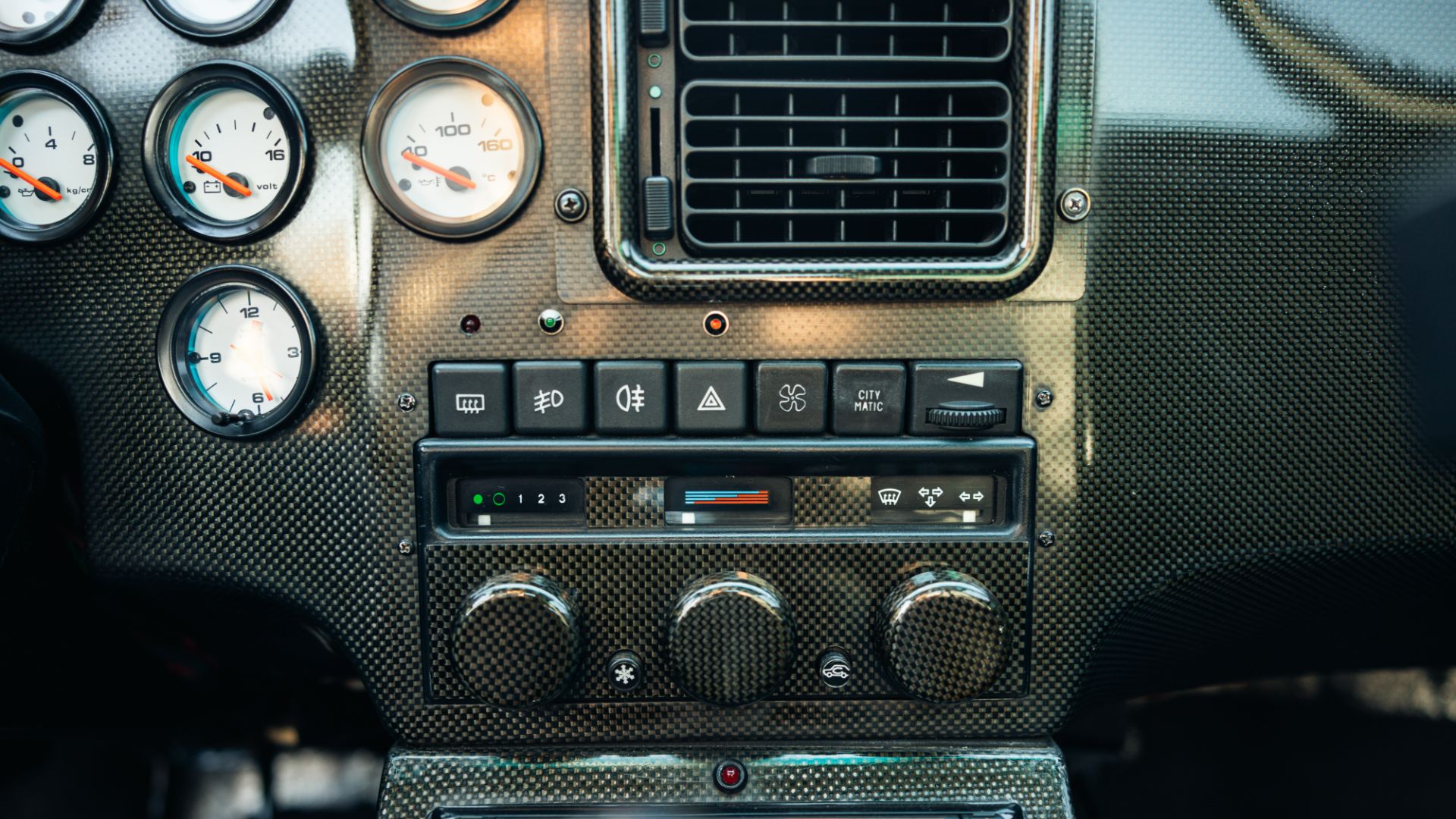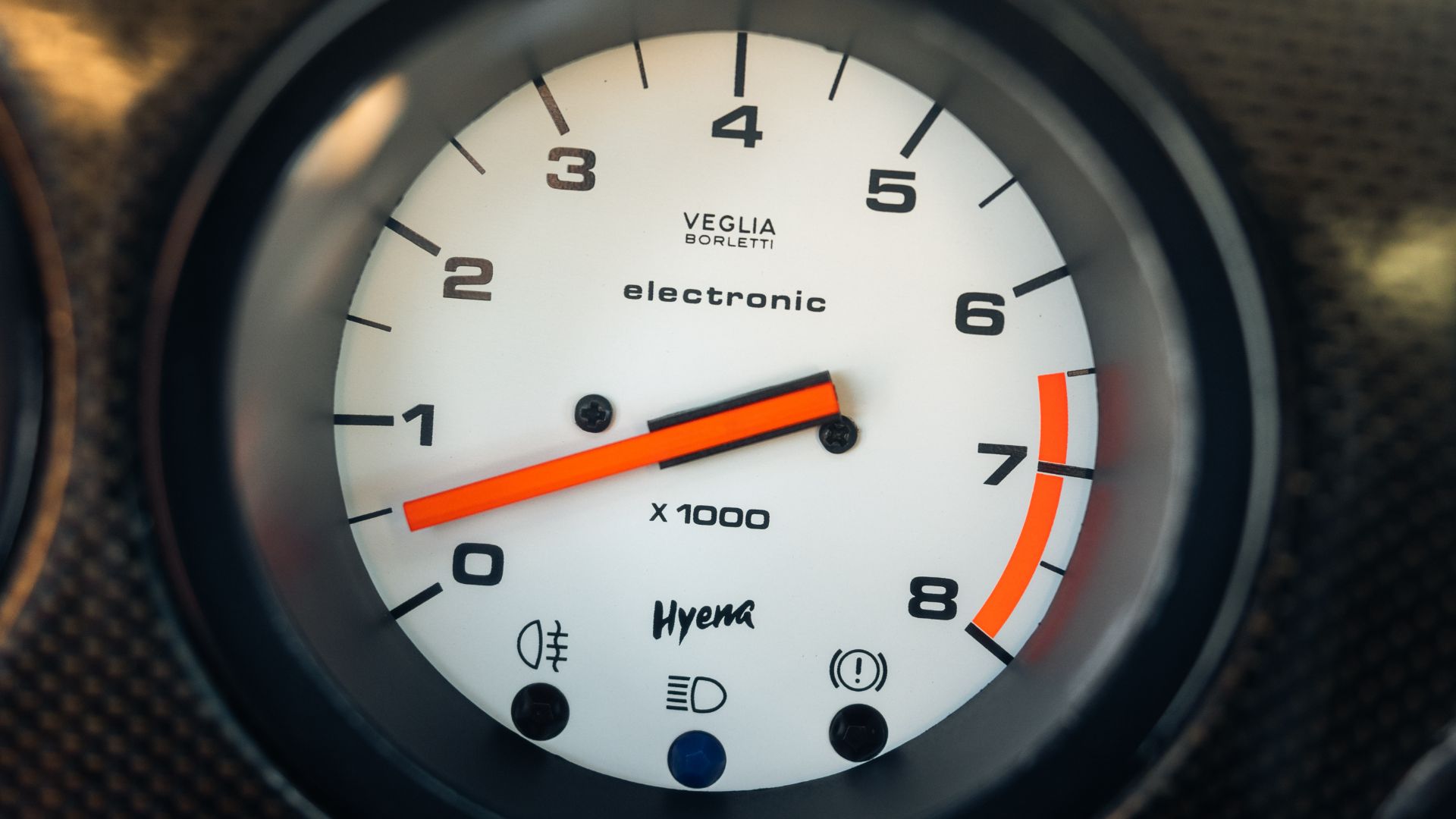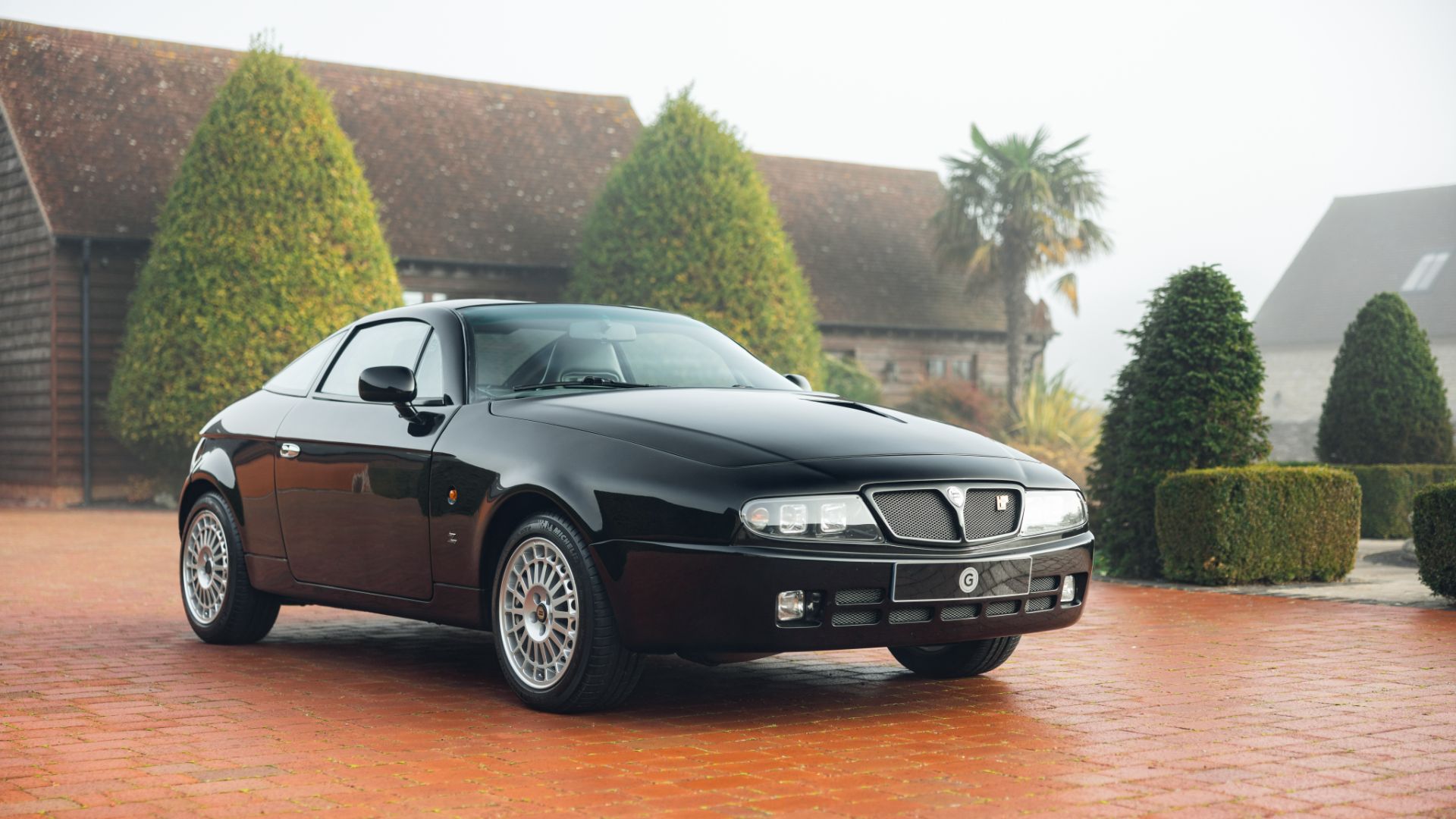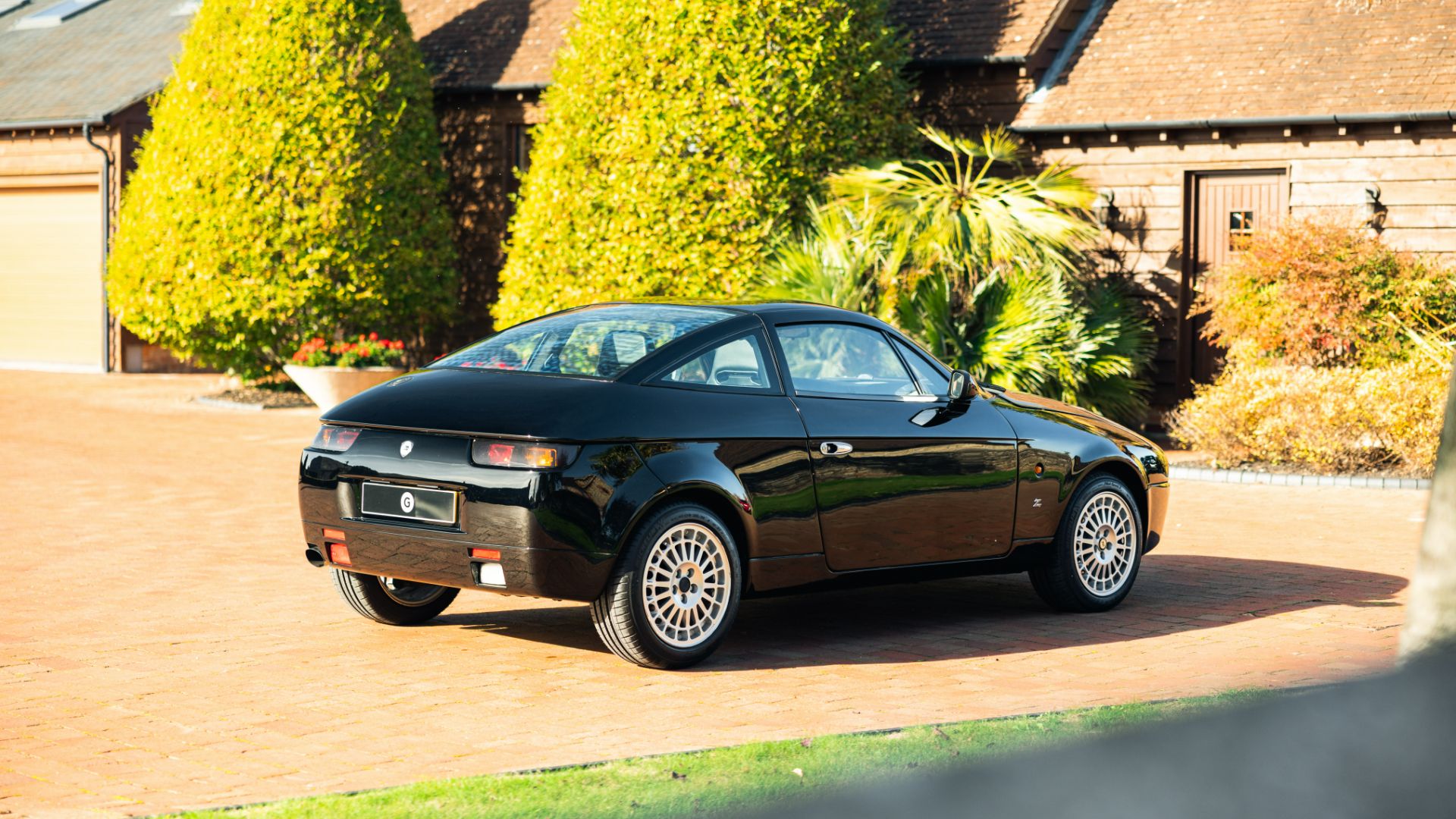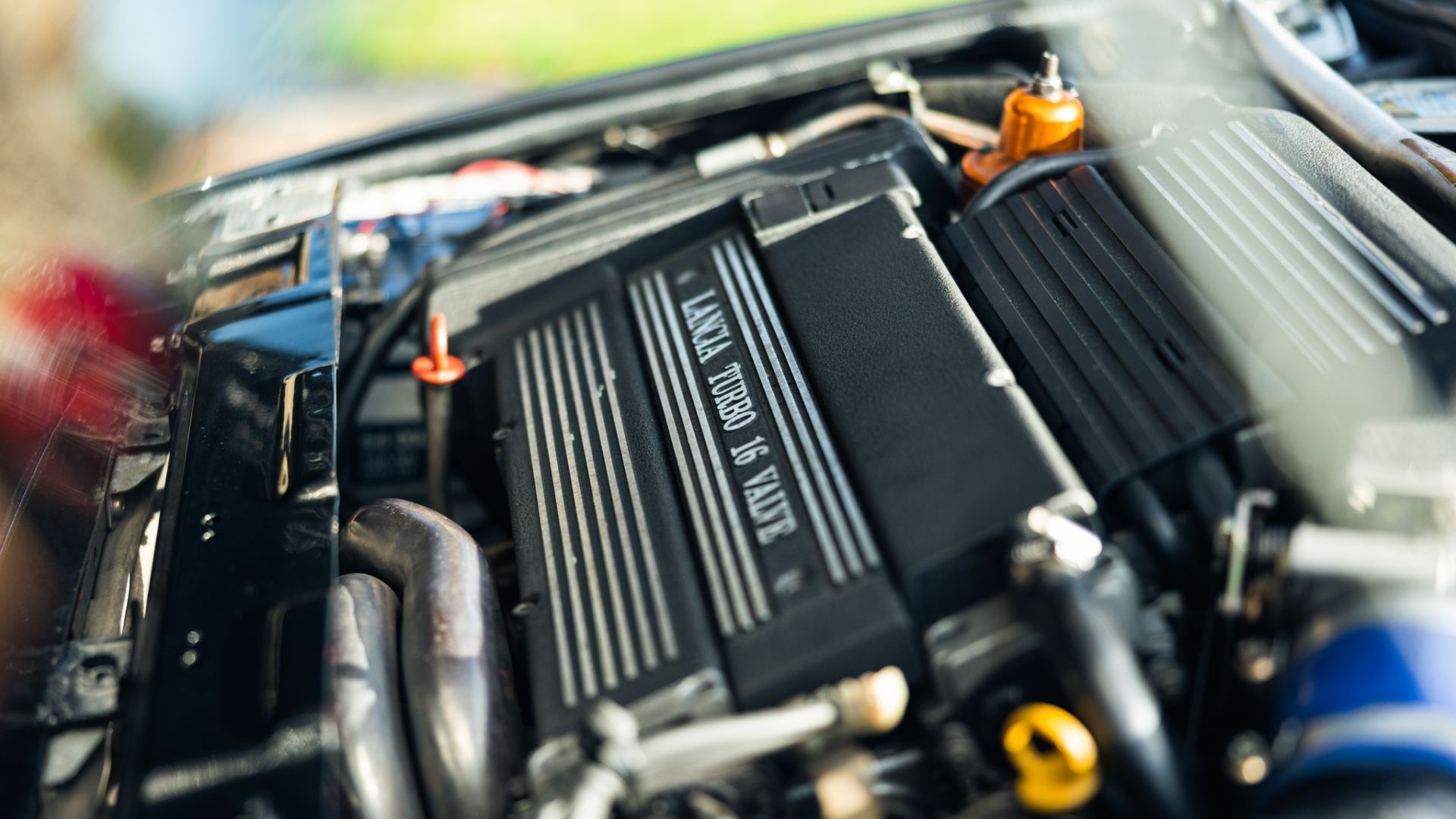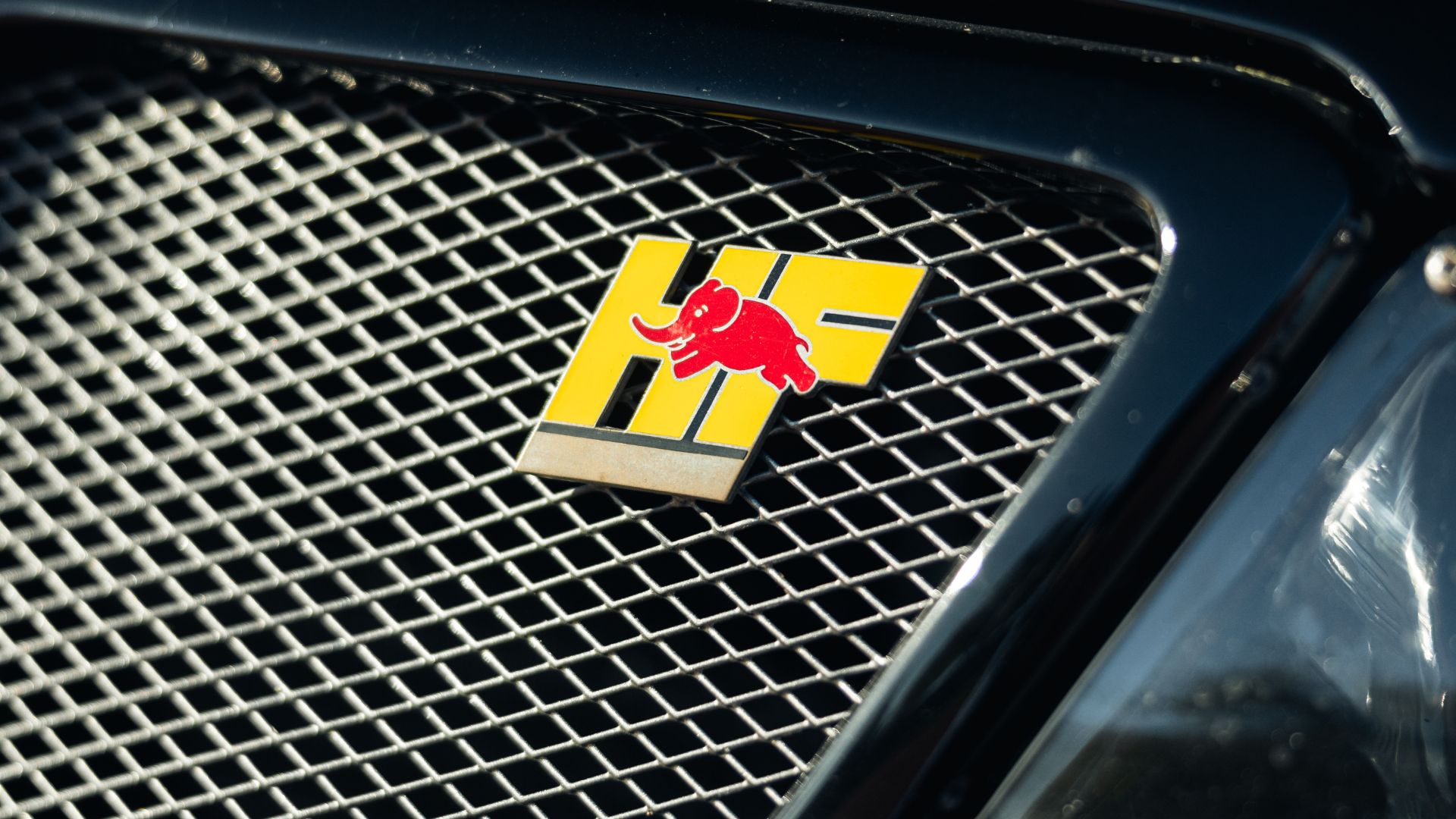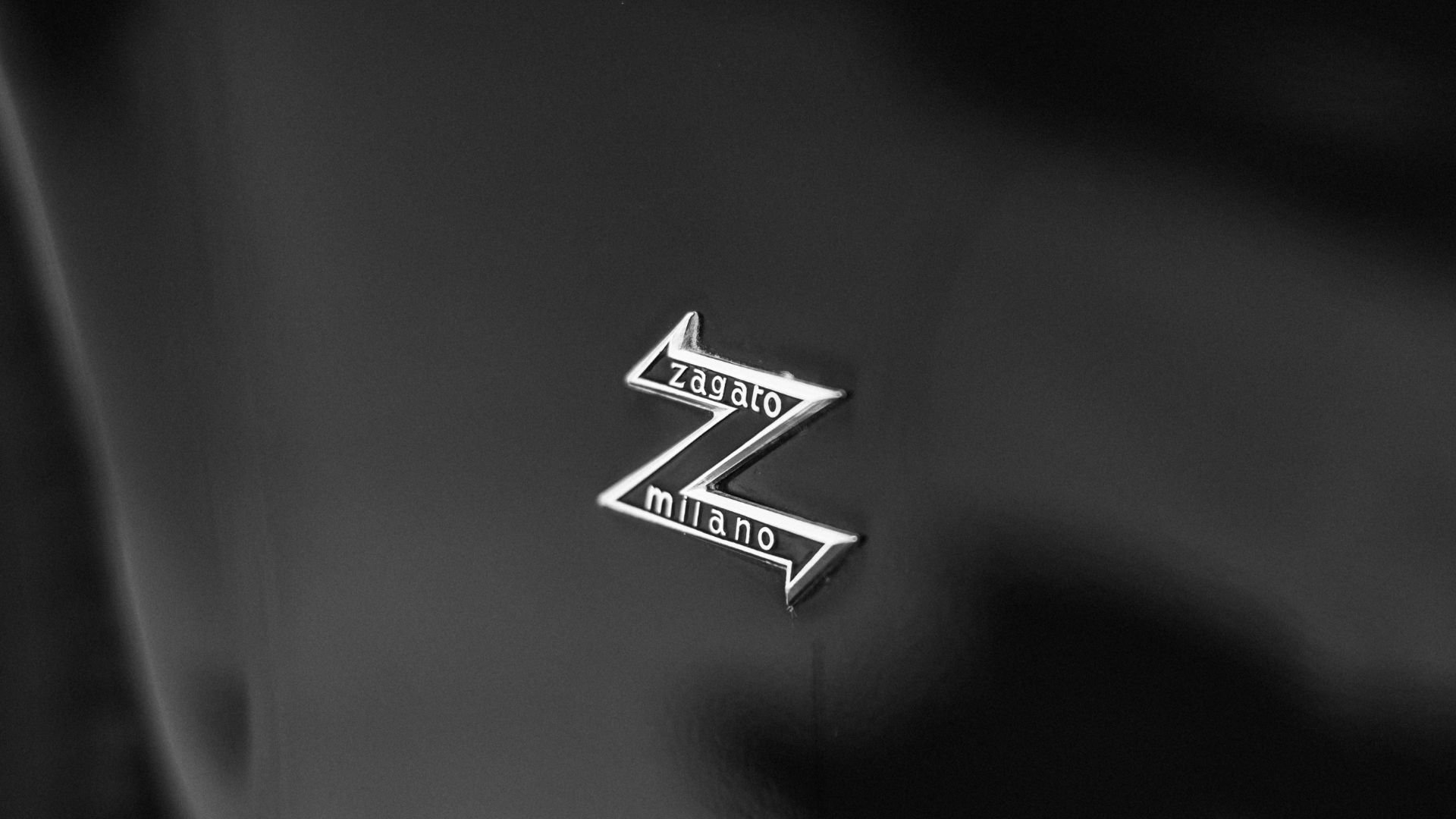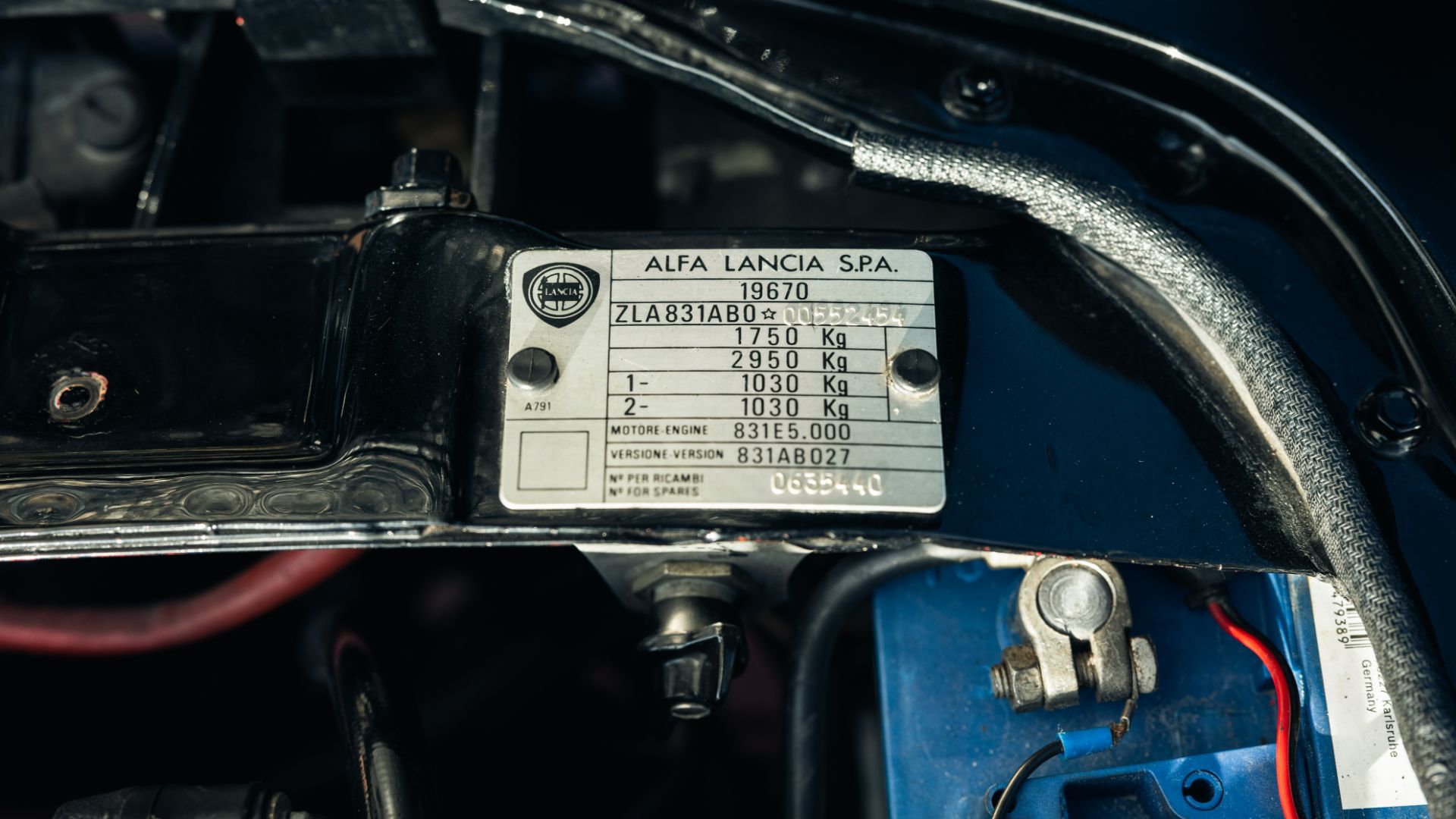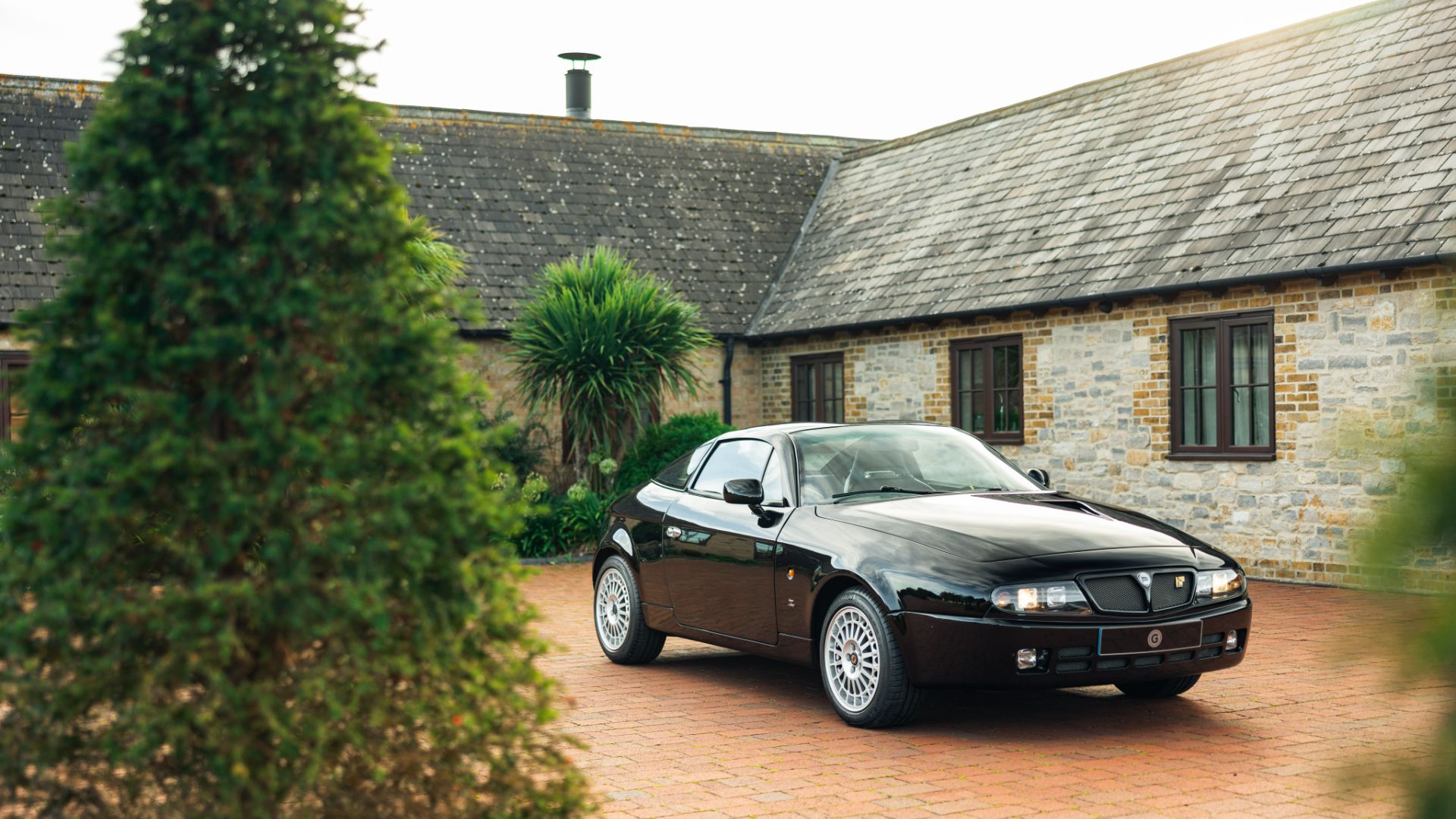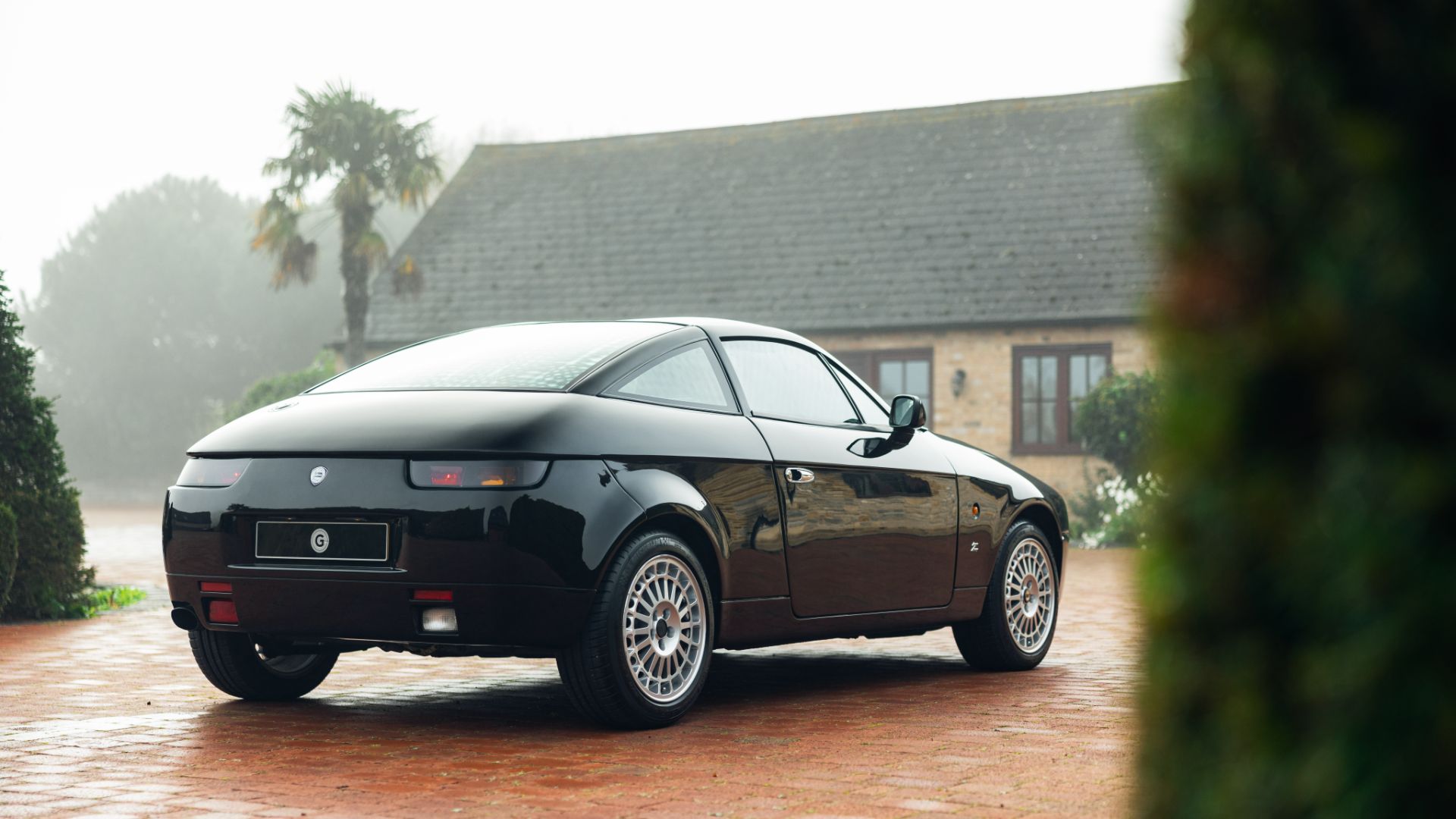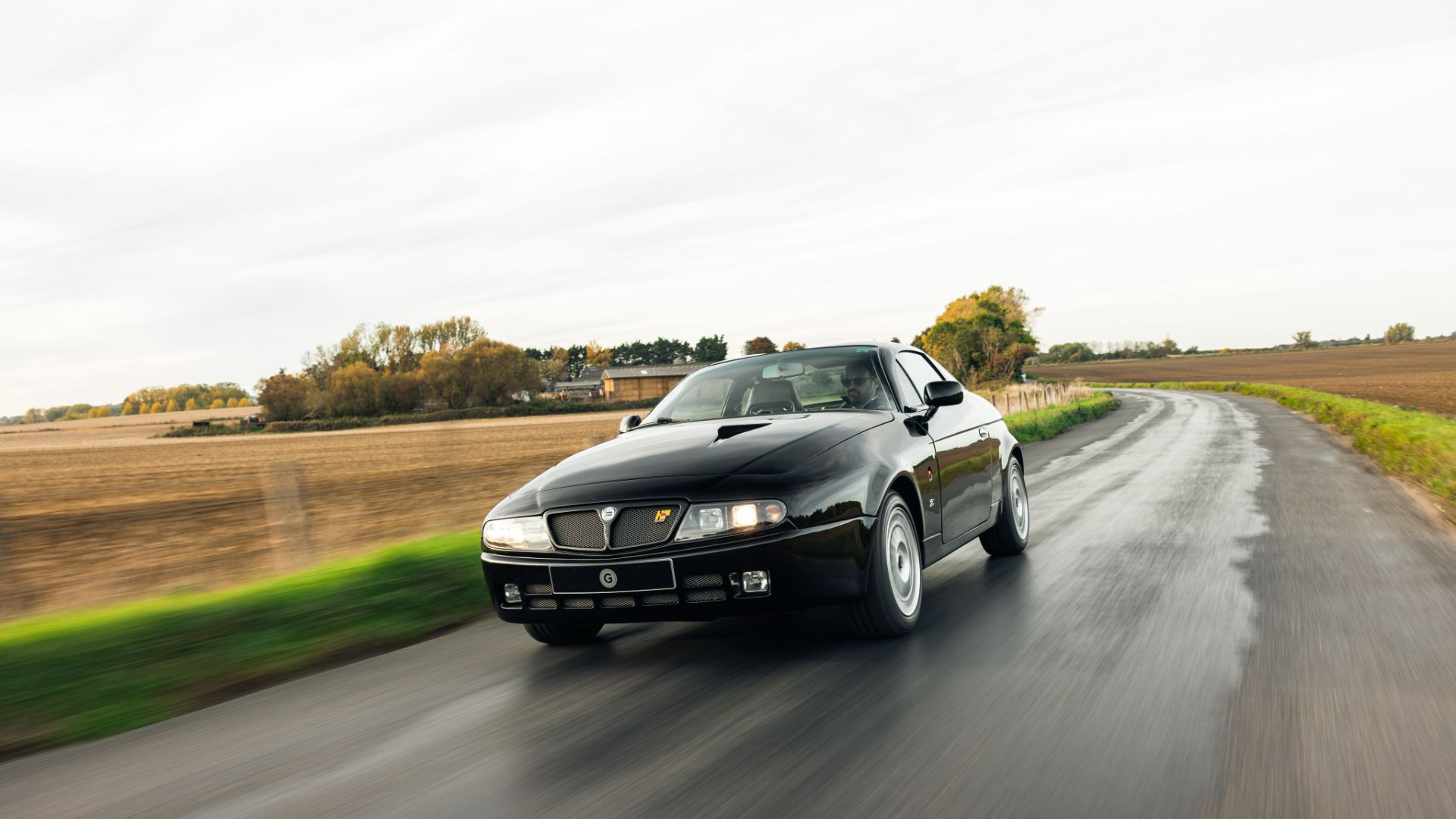Take one of the world’s greatest hot hatchbacks, then clothe it in a curvaceous, Italian-designed coupe body. The result should have sold like freshly churned gelato on an August afternoon. Sadly, the Lancia Hyena’s future melted away after just 24 examples had been built.
The Hyena was the brainchild of Marco Pedracini, a stylist at Milanese coachbuilder Zagato, and Dutch Lancia importer Paul Koot. Together, they envisioned a compact coupe based on the all-conquering Lancia Delta HF Integrale. Pedracini started to sketch and a prototype was revealed – to widespread acclaim – at the 1992 Brussels Auto Salon. Koot excitedly made a plan to produce 500 cars.
However, Lancia was wholly uninterested in the project, and refused to supply Zagato with a rolling chassis. Koot was thus forced to buy brand new examples of the Integrale Evo 1, remove the body panels and interior, and return them to Italy for a glamorous makeover in hand-crafted aluminium. Each Hyena was then shipped back to Holland for final assembly.
Black dog blues
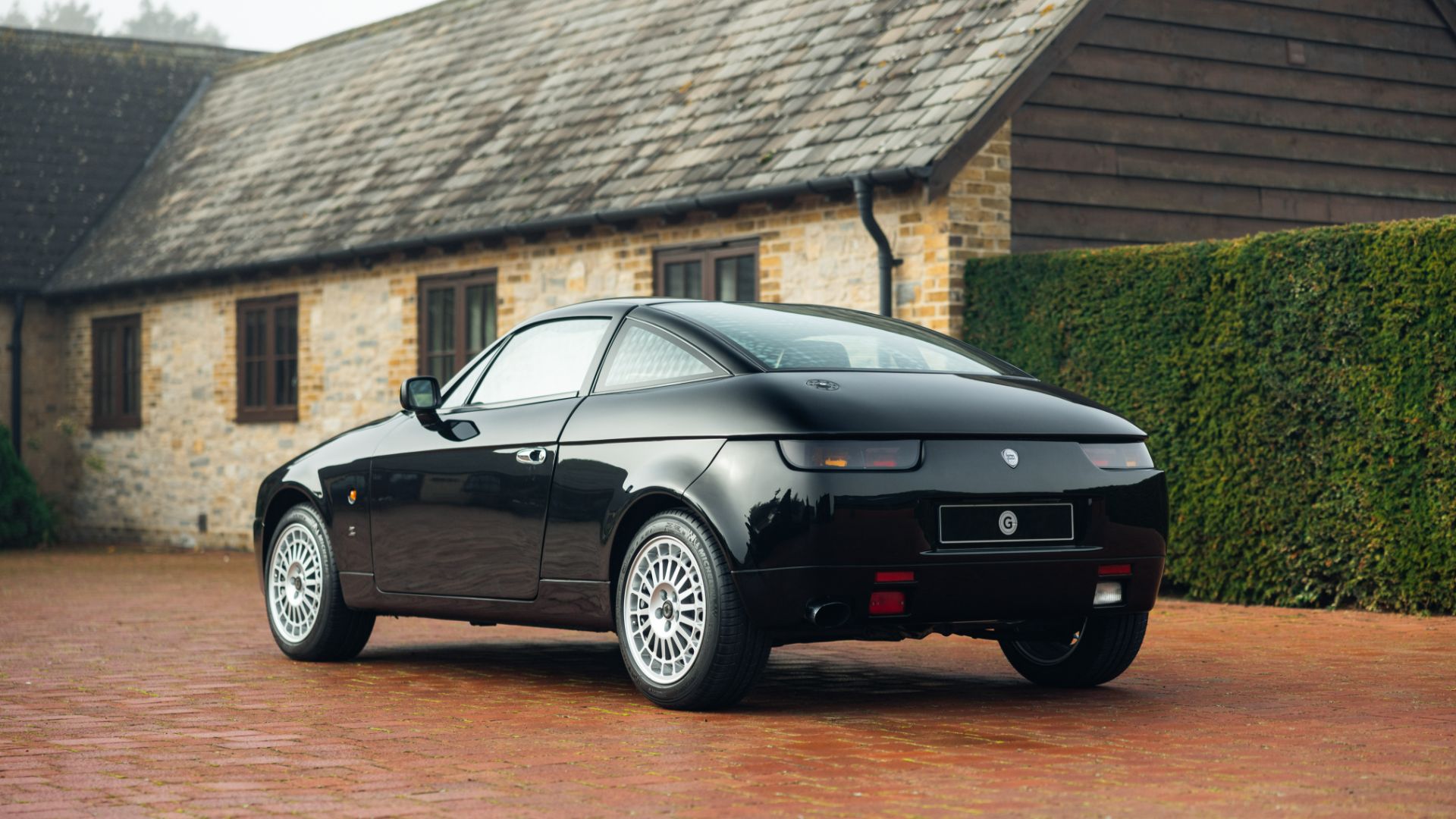
This laborious production process meant the Hyena’s price skyrocketed. Yes, it had the rally-winning innards of an Integrale and a svelte Zagato suit, but £75,000 was a mighty big ask for a small car. In 1992, that kind of money could stretch to a Ferrari 348 GTB. Why choose the wild dog when you could own a prancing horse?
Although it was a commercial flop, the Lancia is now a sought-after classic. This example is the second Hyena built, recently auctioned by Carhuna on behalf of Girado and Co. It might be the rarest car I’ve ever driven.
In the metal, the Hyena looks almost dainty, its rounded contours – including Zagato’s trademark ‘double bubble’ roof – a total contrast to the angular and aggressive Integrale. It’s also a far prettier effort than the Alfa Romeo SZ, an equally oddball Italian coupe, despite the two cars sharing the same headlights and glasshouse.
Bark and bite
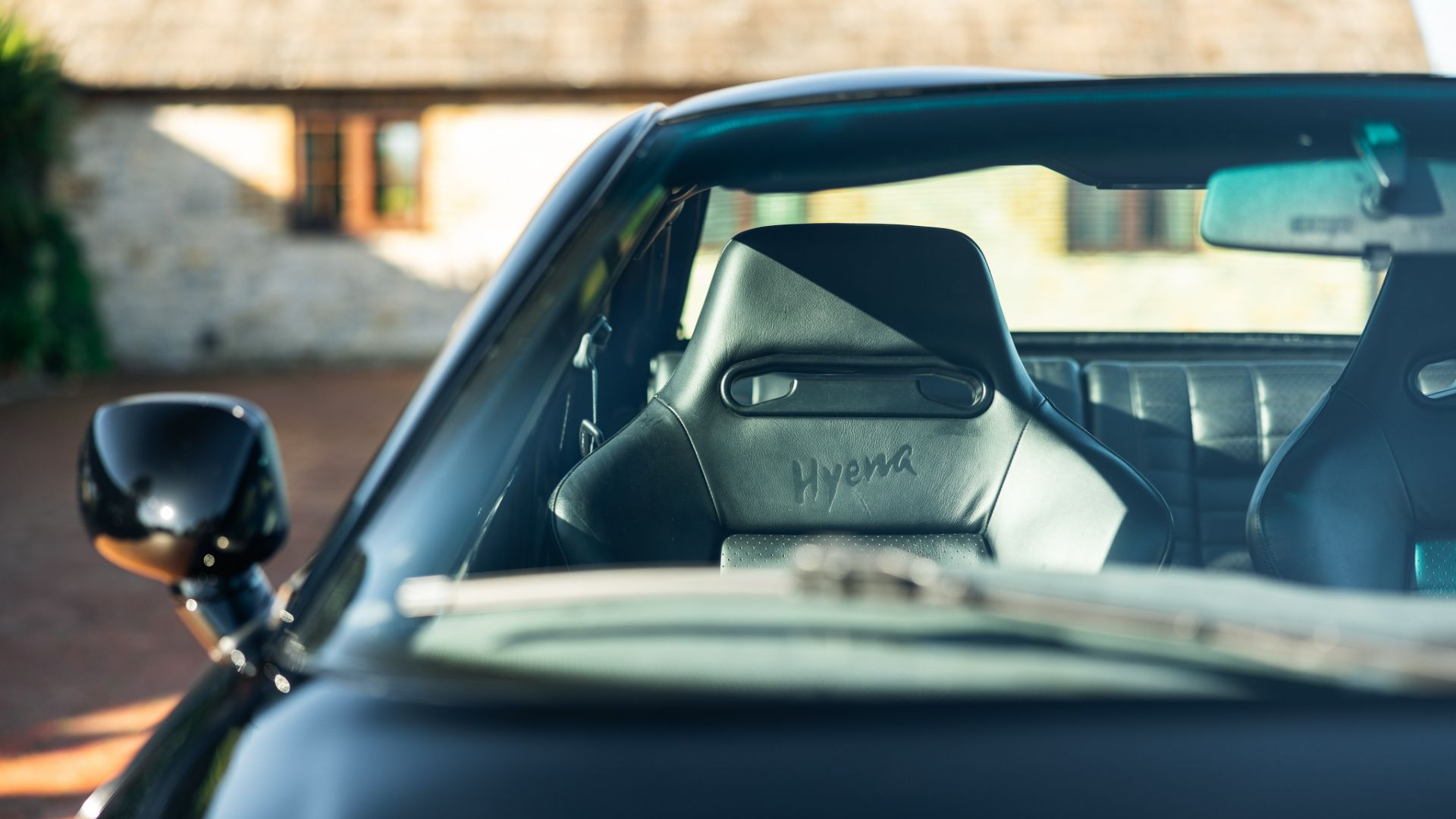
Lower your hips into a big-bolstered Recaro seat and you notice the upright dashboard and F40-style door panels are covered in carbon fibre – a real rarity in 1993. Bespoke Hyena dials sit alongside plastic switches from the Fiat parts bin, while the driving position feels low-slung, with legs bent and arms outstretched.
A ‘standard’ Hyena serves up 250hp from its 2.0-litre four-pot engine, but thanks to a gas-flowed cylinder head, larger intercooler, spikier camshafts and a tubular exhaust manifold, this one musters more like 300hp. With at least 120kg less weight to shift than an Integrale, it delivers 0-62mph in 5.4 seconds – and a frenzied rush of acceleration once the Garrett GT28 turbo wakes up at 3,000rpm.
Unsurprisingly, and pleasingly, the Hyena feels much like a Delta Integrale to drive. Its combination of a balanced, sure-footed chassis, maniacal turbocharged boost and four-wheel-drive traction allows you to brake late, get on the power early and catapult away from corners. Before long, I’m treating the Oxfordshire lanes like a tarmac rally stage.
The last laugh
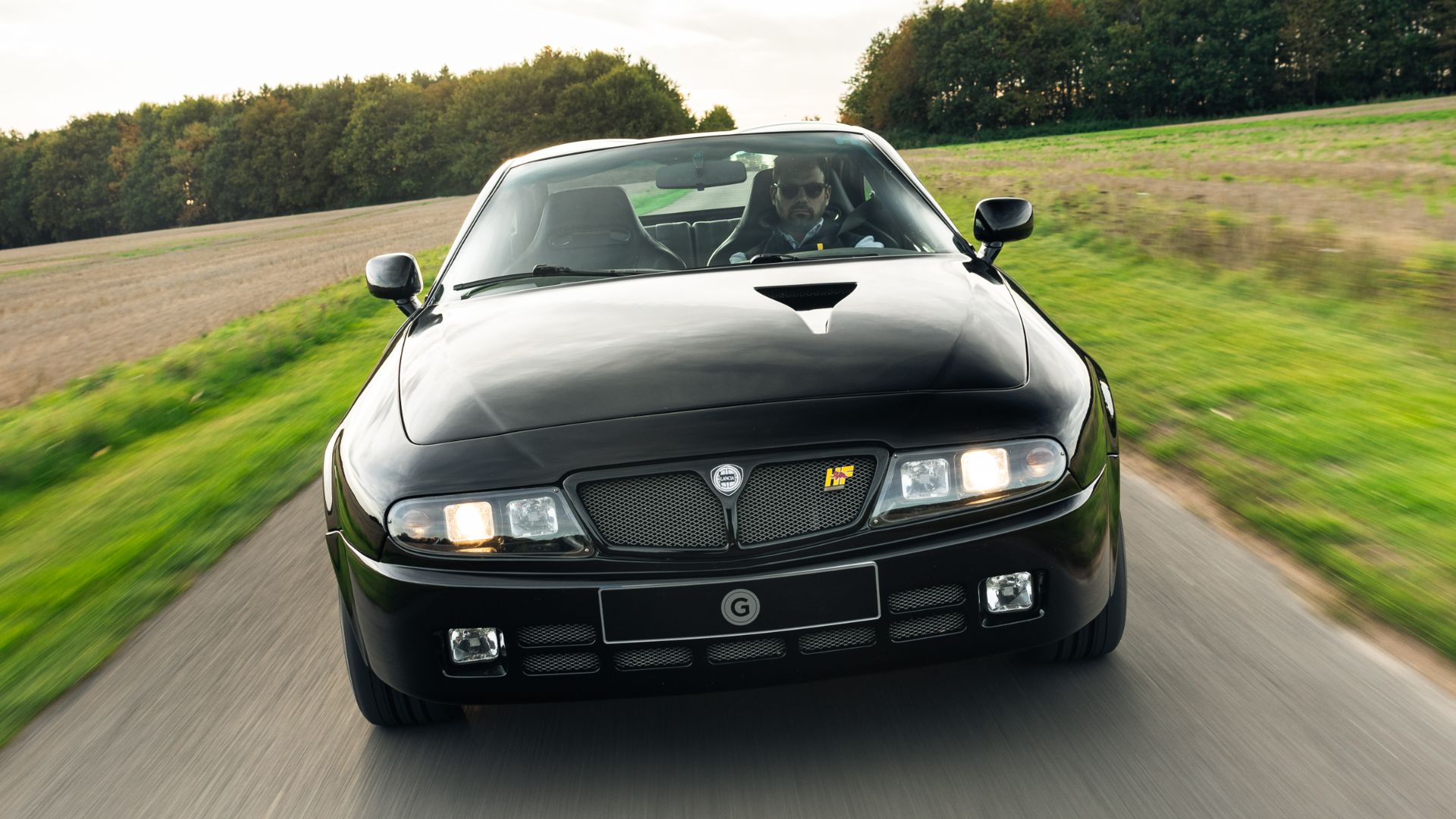
The little Lancia feels alive with feedback, too. Its steering is meaty and accurate, the snickety five-speed manual gearbox is a joy to use and the Koni dampers – another modification on this car – add some modern poise and precision. Like its four-legged namesake, the Hyena enjoys a good laugh, and encourages its driver to join in.
Carhuna has now sold this Hyena, but expect to pay upwards of £150,000 if you fancy a small slice of Zagato exotica. That’s far more than a Ferrari 348 today, tellingly, but arguably good value when you consider the six-figure sums now asked for late-model Integrales. One thing is certain: you will never see another one.
ALSO READ:
Lancia Thema 8.32: the sensible saloon with a Ferrari engine
Alfa-inspired Totem GT restomod offers 750hp V6 or electric power
Classic car news and reviews on Retro Motor


